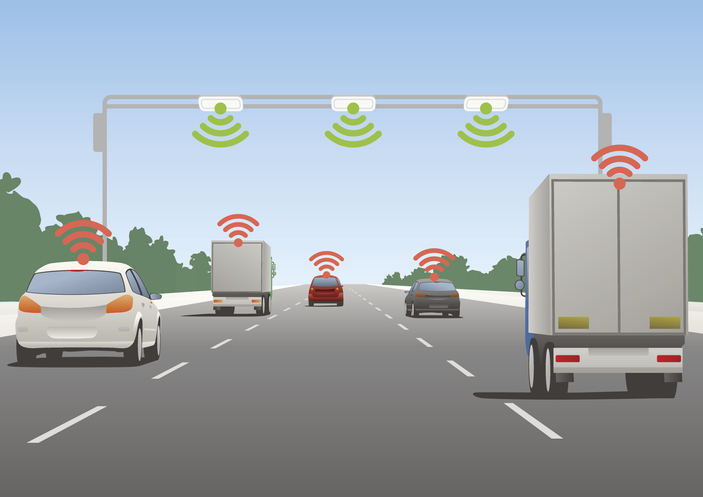
National Highways has chosen not to deploy potentially life-saving CCTV systems on smart motorways.
A successful trial of the CCTV system demonstrated that analytical technology can identify stranded vehicles in live lanes in all conditions. National Highways, however, has determined the video analytics service platform (VASP) is not up to scratch.
AA president, Edmund King, has voiced concern over the decision, expressing that CCTV systems could be “incredibly useful”.
National Highways have refused to share the results of its large-scale trial of the systems, despite the technology being cited in the Government’s smart motorway action plan as another solution.
Other trials of the VASP have yielded positive results. Reports indicate that the system alerts incidents of interest to operators’ desks, allowing for a quicker response and more precise data.
However, the VASP has one obvious drawback. The CCTV cameras are currently incapable of automatic manoeuvrability and have to be reoriented manually.
It is likely that this is the main concern from National Highways, who have instead favoured the existing radar-based stopped vehicle detection (SVD) system.
The report added: “The trial did observe external factors that could limit the use of CCTV to detect stopping vehicles, the main one being the reliability of camera feeds.”
National Highways did not explain, though, why CCTV technology is not being progressed. A spokesperson commented: “Our preferred approach is the continued rollout of stopped vehicle detection. It is the most effective solution.”
“In line with our company approach for continuous improvement, we will continue to review and, where possible, improve how we identify stopped vehicles.”
Read another of our blog posts and stay up to date with the latest road safety news. If you’re looking for a free road marking quote, click here.
